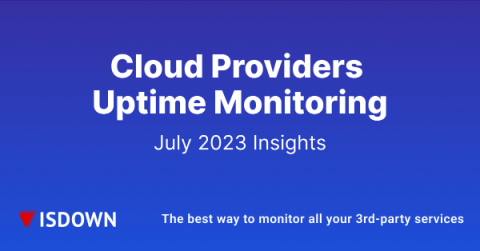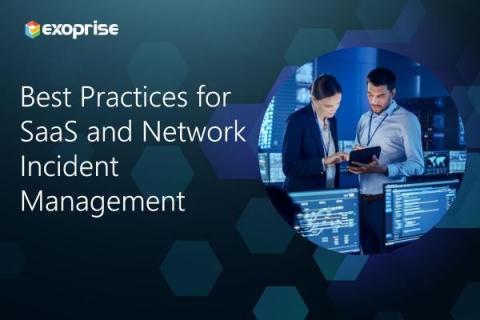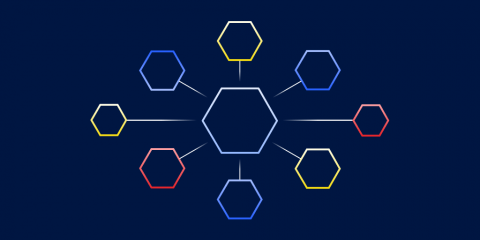Operations | Monitoring | ITSM | DevOps | Cloud
Featured Posts
Cloud Provider Uptime Monitoring: July 2023 Insights
Check our July 2023 health report on the top most popular cloud providers. We analyze the health of the cloud providers based on the number of outages and problems during the month. The source of the data is made available by the cloud providers themselves via their status page. We normalize it and use it to generate the report.
Best Practices for SaaS and Network Incident Management
Computer and network systems have (obviously) become vital to business operations. Occasionally, there are SaaS or network incidents and these systems do not operate as needed. Enterprises want to minimize the potential damage and get their systems back online ASAP. Integrated incident management and a strong End User Experience Management (EUEM) platform that provides synthetic and real-user monitoring is a foundation for meeting that objective.
Best practices for tracing and debugging microservices
Tracing and debugging microservices is one of the biggest challenges this popular software development architecture comes with - probably the most difficult one. Due to the distributed architecture, it's not as straightforward as debugging traditional monolithic applications. Instead of using direct debugging methods, you'll need to rely on logging and monitoring tools, coding practices, specific databases, and other indirect solutions to successfully debug microservices.
3 Reasons to Prioritize Observability as part of Application Integration Strategy
Most companies in today's business landscape that deal with large amounts of data want to integrate their applications so that they can pass data between them seamlessly and easily. Being able to ensure that you can see exactly what is happening at every stage of the process is key, and this is where approaching the process with observability in mind can make a real difference. Deciding at the outset that observability is something that you want to be baked into the process means that you can plan and execute with that in mind.
5 ELK Stack Pros and Cons
Is your organization currently relying on an ELK cluster for log analytics in the cloud? While the ELK stack delivers on its major promises, it isn't the only search and analytics engine - and may not even be your best option for log management. As cloud data volumes grow, ELK monitoring can become too costly and complex to manage. Fast-growing organizations should consider innovative alternatives offering better performance at scale, superior cost economics, reduced complexity and enhanced data access in the cloud.
Kubernetes Monitoring Best Practices
Kubernetes can be installed using different tools, whether open-source, third-party vendor, or in a public cloud. In most cases, default installations have limited monitoring capabilities. Therefore, once a Kubernetes cluster is running, administrators must implement monitoring solutions to meet their requirements. Typical use cases for Kubernetes monitoring include: Effective Kubernetes monitoring requires a mix of tools, strategy, and technical expertise. To help you get it right, this article will explore seven essential Kubernetes monitoring best practices in detail.








